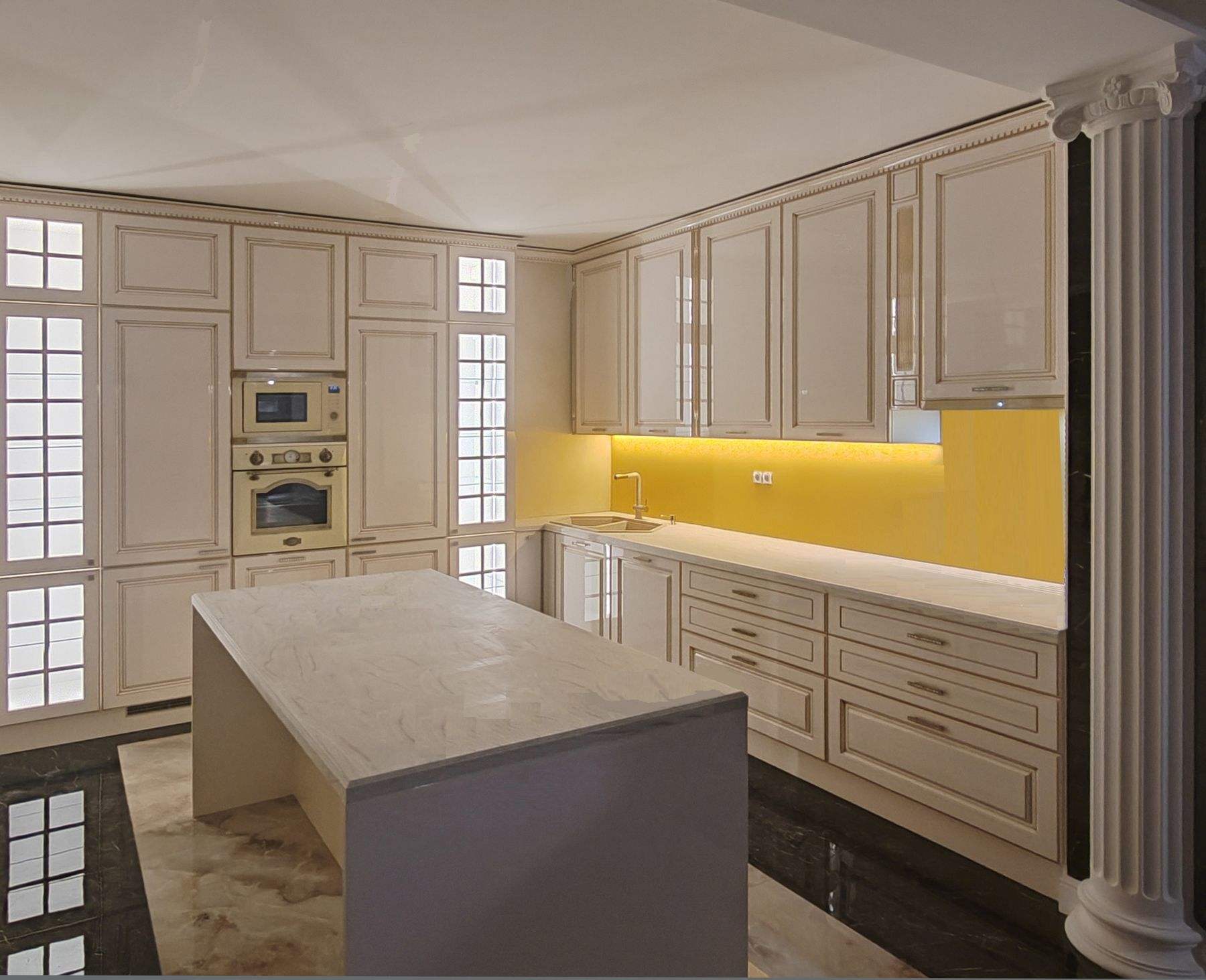
Unleashing Innovation in the Kitchen: Creative Culinary Design Solutions
The Art of Culinary Creativity
At the heart of any memorable dining experience lies the artistry and creativity that chefs pour into their culinary creations. Creative culinary design transcends traditional cooking and plating methods, inviting diners to embark on a sensory journey that stimulates the palate as much as it delights the eye. Embracing innovation in the design of food not only caters to the desire for novel experiences but also allows chefs to express their unique culinary narratives.
Advancements in Culinary Technology
In the realm of culinary arts, technology has enabled chefs to take creativity to new heights. From precision temperature control tools such as sous-vide machines to high-tech molecular gastronomy kits, technological advancements have expanded the scope of what's possible in the kitchen. These innovations not only aid in the meticulous preparation of dishes but also provide a canvas for chefs to experiment with new techniques, textures, and presentations, leading to breakthroughs in culinary design.
Edible Art: Plating and Presentation
Plating is an essential aspect of culinary design that bridges the gap between taste and aesthetics. A thoughtfully designed plate can elevate even the simplest dish, transforming it into a work of art. Masterful chefs consider color combinations, geometry, and the interplay of negative space to complement the flavors and textures of the dish. With a surge of interest in food photography and social sharing, the presentation has garnered as much importance as the quality of the ingredients used.
Fusing Flavors and Cultures
Another facet of culinary design is the fusion of global flavors and cooking techniques. The melding of diverse culinary traditions offers a tapestry of tastes that reflect our interconnected world. Chefs who dare to combine seemingly disparate ingredients can often create harmonious dishes that capture the essence of multiple cultures. This approach not only leads to innovative menus but also pays homage to the culinary heritage of different regions.
Sustainability in Culinary Design
As environmental awareness grows, sustainability becomes a key component of culinary design. Forward-thinking chefs are seeking ways to minimize food waste, use locally sourced ingredients, and adopt eco-friendly practices in their kitchens. From root-to-stem cooking to designing plant-based menus, these sustainable practices are at the forefront of modern culinary innovation, demonstrating that responsible choices can go hand in hand with creative flair.
The Role of Collaboration and Education
Collaboration among chefs, food scientists, and artists has the potential to drive culinary design forward. By sharing knowledge and ideas, these professionals can push the boundaries of what is conceivable in the culinary world. Educational programs and workshops that focus on the intersection of art, science, and gastronomy play a significant role in nurturing the next generation of culinary innovators, equipping them with the tools and inspiration needed to create pioneering culinary experiences.
Conclusion: The Future of Food is Design
In conclusion, creative culinary design solutions are reshaping the landscape of dining. They not only challenge our expectations and perceptions of food but also create meaningful connections between the chef's vision and the diner's experience. As we continue to explore and appreciate the boundless possibilities within culinary arts, we can expect to see more groundbreaking ideas and exceptional dishes that tell stories, convey emotions, and ultimately, deliver unparalleled dining experiences.